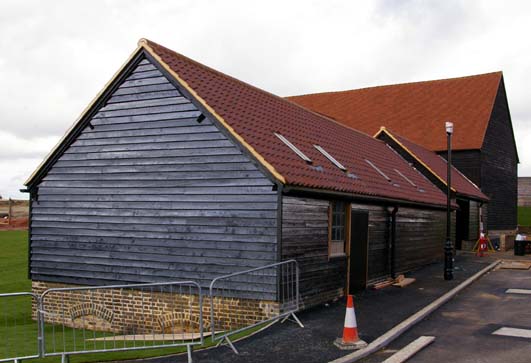
 |
||
The Cart Sheds and Granary |
||
The buildings that join onto the barn are known as the cart sheds with the granary last building on the end. The cart sheds were built to store all the agricultural implements that would have been used on the farm including ploughs and hay carts. Originally, the sheds would have stored horse drawn ploughs and implements, who were eventually replaced by tractors over the years, though the use of horses were still pretty common up until the 1940's and 1950's when the cost of machinery began to fall from mass production. |
||
Once all the ivy and undergrowth was removed the building could be seen for all its glory. Remarkably the sheds were in good condition, especially considering that the sheds were open-fronted for easy access to machinery, and so very open to the elements. |
||||||
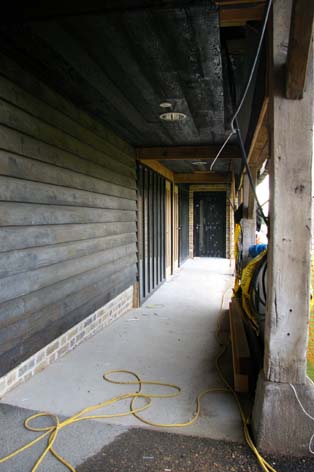 |
Even though these photographs only show the cart sheds during works, the end result they are reaching for can easily be imagined, with only a few weeks until they are finished. These flexible and multi-use rooms will serve business, student, and community sectors, securing a long term future. |
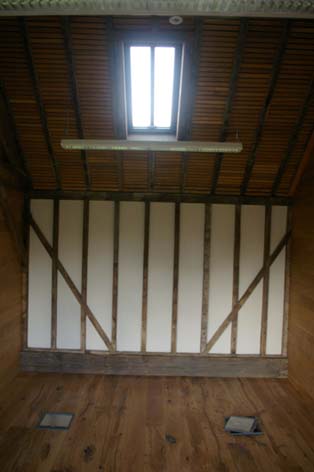 |
||||
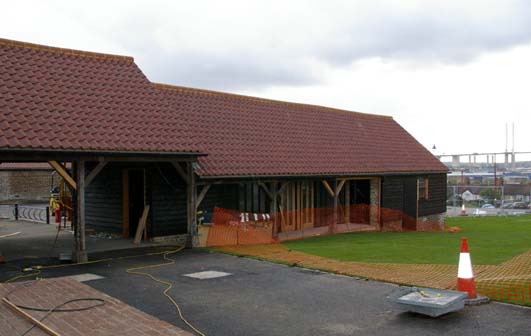 |
As its name suggests the granary was intended for the storage of wheat grain that had been threshed but not milled. The grain was stored in heaps on the floor. Brick arches raised the floor off the ground, and allowed air to flow underneath the floor. It was believed that movement of air below the floor would help keep the grain sweet and prevent spoilage by mildew, rice and rats. After milling the wheat grain would have been used to make bread and beer for the household and for sale. |
 |
|||
The whole wheat farming aspect of High House is an interesting social history and indicator, as its decline mirrors that of the rest of the country which suffered as an industry due to American imports. This example shows us that globalisation had its victims even then. |
||
| With its clay peg-tile roof re-instated, the granary finishes off an impressive layout of buildings ready for reuse as class-rooms in the day and community use in the evening and weekend. |
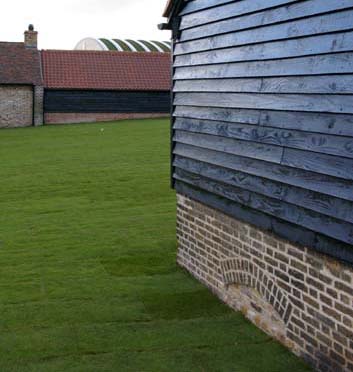 |
||||
| On an open day before restoration, the granary needed a spring clean! | The granary with the Royal Opera House Production Park roof just visible | |||
One of the many High House Open Days that the Community Group organised with the cart sheds on the left, with the granary on the end, the dovecote just beyond with the QEII Bridge hard to see through the early morning mist. |
||